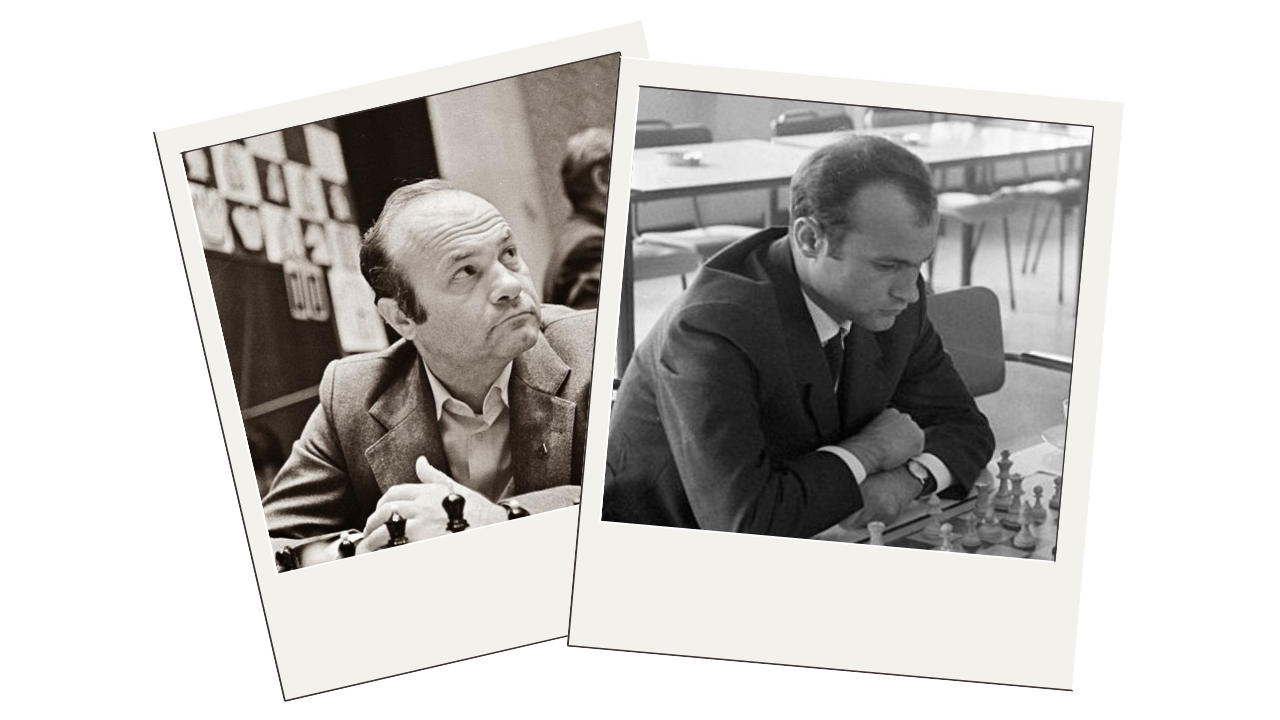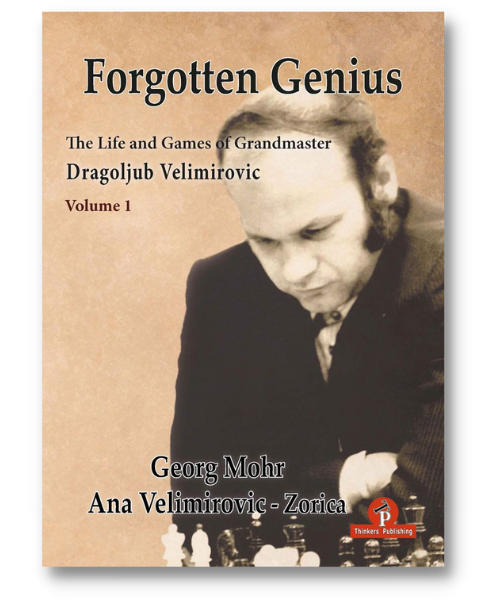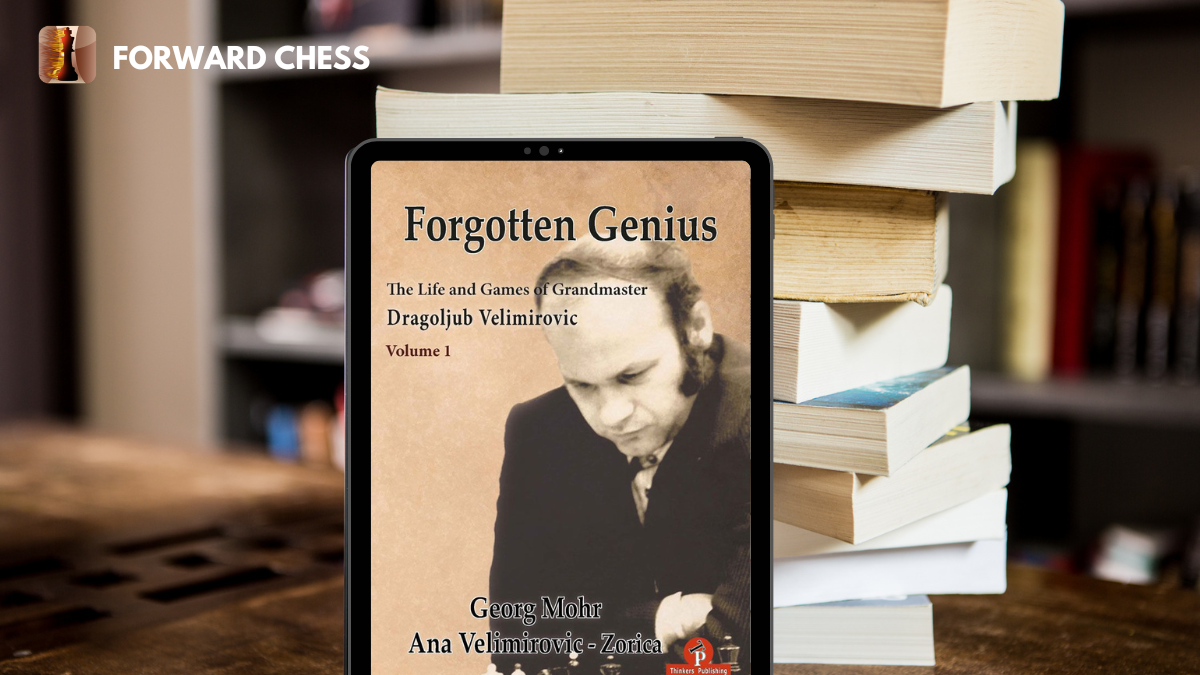There was a time when Bobby Fischer, the future champion of the world, specialized in racking up an extraordinary amount of points with his favorite Sozin Attack against the Najdorf Sicilian:
Fans of Fischer, keen on adopting his openings, keenly researched the finer points of the variation but would have been surprised to see a more outlandish version of the Sozin Attack – the remarkable Velimirovic Attack.
This is a typical position, in which Dragoljub Velimirovic would habitually play 8.Qe2, 9.0-0-0 and engage the opponent in an exciting race of attacks, often quickly reaching a position just like this one.
Black’s king will hardly feel comfortable whether or not he castles, but on the other hand, the second player’s queenside attack also has the potential to develop very quickly – especially as there are tempi to gained on the c4 bishop. Risky stuff – for both players.
Despite being labeled an attacking genius, Velimirovic never managed to take the step up to join the world’s elite players, although he remained a very dangerous opponent for anyone to face.

The above sums up just about everything most of us ever knew about Velimirovic, but now things have changed. The Life and Games of D.Velimirovic: Volume 1 by George Mohr & Ana Velimirovic-Zorica (Velimirovic’s daughter) is a treasure of exciting games and new information on the ‘forgotten genius’ sometimes known as ‘Mr. f5’ (due, of course, to the number of knight sacrifices he made on that particular square).

There are sparkling games from the period 1958-1975; volume two will obviously bring Velimirovic’s story to its conclusion.
One part of the index is devoted to ‘Typical Sacrifices’ which should be enough to tell the reader exactly what sort of games to expect, not just in the subject’s favorite anti-Sicilian variation, but also, for example, in the King’s Indian and Benoni defenses.
Here are a couple of examples to whet the appetite.
Dragoljub Velimirovic – Leonid Stein
European Team Championship, 1970
Even Leonid Stein, one of the Soviet Union’s strongest players at the time, could not survive going toe-to-toe in the Velimirovic Variation.
Here, ‘Mr. f5’ lived up to his name with 26.Nf5!? Bxa4 (26…exf5?? would cost the queen after 27.Bf4+ or Ba7+) 27.Ng7+ Kf8 28.Bc5+ Kxg7 29.Rxb4.
Note the presence of the opposite-colored bishops, which accentuate White’s attack.
Stein failed to navigate the complications, never found sanctuary for his king, and became one of Velimirovic’s highest-rated scalps. 1-0 (41)
In the following snippet, Velimirovic remains true to his style and plays the Modern Benoni against Portisch – a very risky thing to do, but a very rewarding one, on this particular occasion.
Lajos Portisch – Dragoljub Velimirovic
Vidmar Memorial, 1975
This position demonstrates why playing the Benoni against a player of Portisch’s caliber is rarely a good idea. It seems that everything is going White’s way, but Black seeks to confuse the issue.
26…g5 27.Re6! Rxe6
Portisch should now have played 28.dxe6! but succumbed to temptation with 28.Bxb8? and after 28…Bd4!, Black had suddenly created total chaos on the board.
Portisch gave up his queen for a bagful of pieces, but the chaotic scenes were never his speciality and Velimirovic forced resignation on move 40.
Both of the above games are given the full analytical treatment in the book, of course – alongside a detailed story of Velimirovic’s life, complete with rare photographs. Oh, yes; there is definitely a lot more to his story than 8.Qe2 and 9.0-0-0 and this fine book deserves to reach a wide audience, even if just for the sheer entertainment value on offer.
Sean Marsh
Want to see some more? Check out the book’s free sample:
- The Life and Games of Dragoljub Velimirovic (Volume 2) by Georg Mohr and Ana Velimirovic-Zorica - July 23, 2024
- Review: Chess Informant - June 7, 2024
- Is it time for a Modern Benoni revival - April 17, 2024
